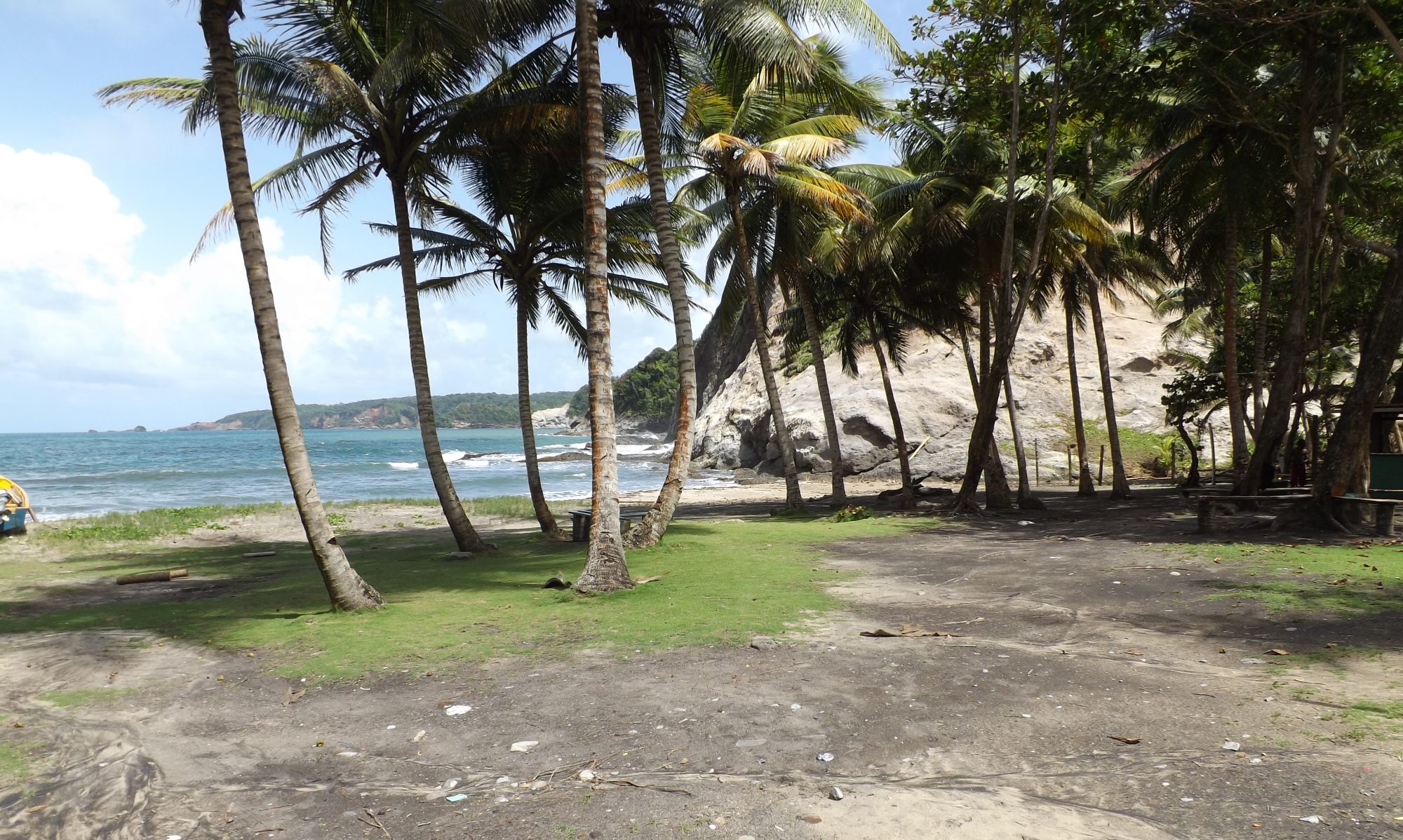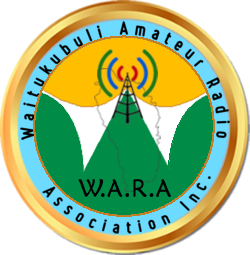After nearly two decades of relative quiet and following the near total devastation of the island by hurricane Maria on September 18, 2017, digital radio communication is making a robust return to amateur radio in Dominica.
“Requests for medical supplies from the central medical stores in Roseau by the Portsmouth hospital was very challenging. Transmitting long lists of pharmaceuticals via voice took ages” said Waitukubuli Amateur Radio Association (W.A.R.A) director and amateur radio operator Wayne Abraham J73WA, who operated from the island’s second town of Portsmouth during Maria. He explained that, “thousands of people needed to make contact with their families overseas and with all communication down, for the first two weeks amateur radio was the only means of getting any health and welfare communication to the outside world. I had to manually route all messages to Derek Steele J35X in Grenada who painstakingly converted them to emails and Whatsapp messages for transfer via the internet. A robust, automatic system was needed”.
In the months following hurricane Maria, J73WA has installed a Winlink RMS gateway with VHF packet radio, HF pactor, WINMOR, ARDOP and VARA ports. The RMS gateway allows hams to send and receive email via radio. During an emergency when internet communication is lost, the system switches to radio-only mode allowing hams and emergency responders to send messages to each other and automatically forwards emails destined for the outside world via HF radio to other RMS stations in the region and further afield. The RMS server is well placed to serve all the eastern Caribbean islands if they get hit by a catastrophe.
A collaborative effort between J73WA, Swiss amateur radio operator Walter Aebi HB9WTA and members of the Dominica Amateur Radio Club Inc. (DARCI) saw the installation of the island’s first post-Maria VHF packet radio digipeater (digital repeater) on a mountain in the center of the island near the village of Salisbury. This digipeater will serve as a relay station for hams and emergency responders along the entire west coast and parts of the east coast of Dominica to communicate seamlessly with the RMS server and each other.
According to J73WA, future plans for digital communication in Dominica include the expansion of the digipeater network to two other remote mountain tops, promotion of the use of the Narrow Band Emergency Messaging System (NBEMS), promotion and expansion of DMR and System Fusion and the deployment of an amateur radio mesh network.
“We are putting lots of time, effort and resources into building this digital network to serve not just Dominica but also our neighbouring islands” said Hilkiah Lavinier J73HGL, secretary of DARCI. According to Lavinier, “hams have the tools to make emergency communication easy and reliable so putting this network in place will ensure that this service to our community will be more efficient and effective”.
W.A.R.A. director and trustee Clem James J73CI noted ” I think it will enhance our ability to communicate more effectively. The fact that you can print, copy and paste emails and messages gives you versatility that voice traffic does not offer. Among other things repetition and the fact that you can reread your messages saves your voice”.
The digital network allows hams and emergency response personnel to use their radio equipment connected to a computer to send emails to any email address. It also allows them to send messages, reports and small files to each other. The VHF packet digipeater is operating on the frequency of 145.010 MHz and can be accessed from high locations on the nearby islands of St. Lucia, Martinique, Guadeloupe and Montserrat. The HF gateway operates on center frequencies of 7.104 MHz.

